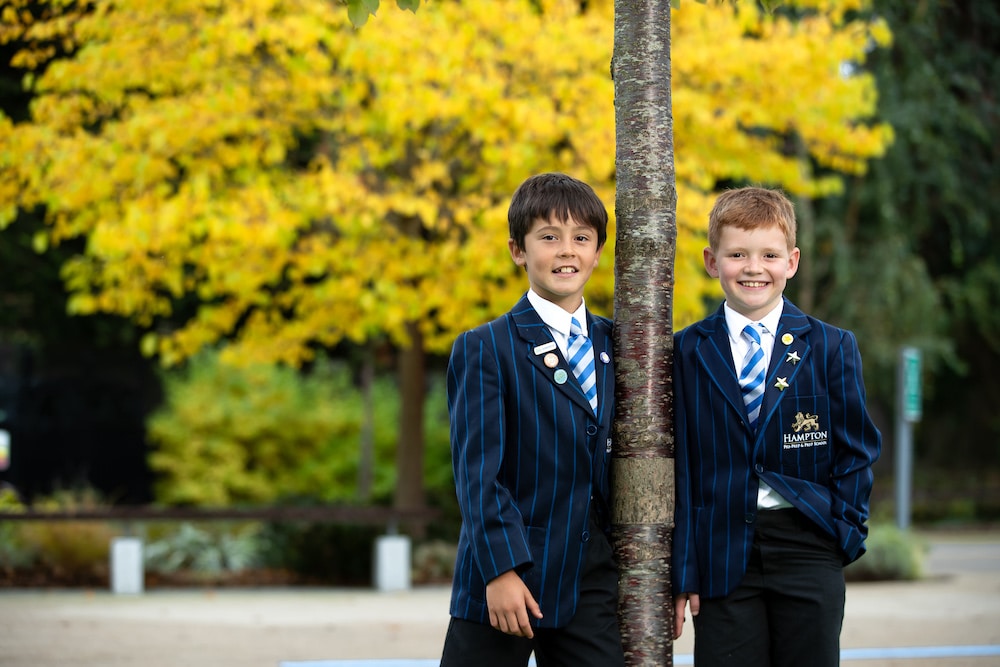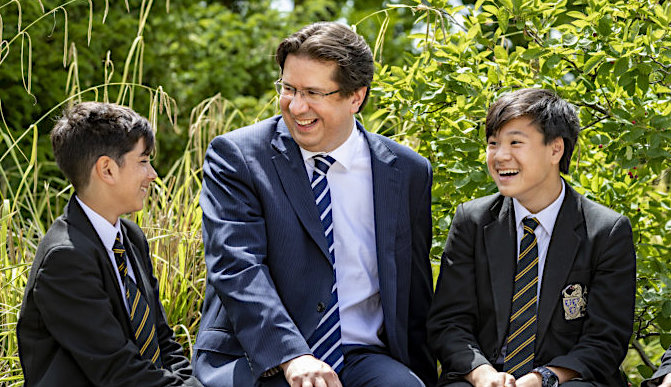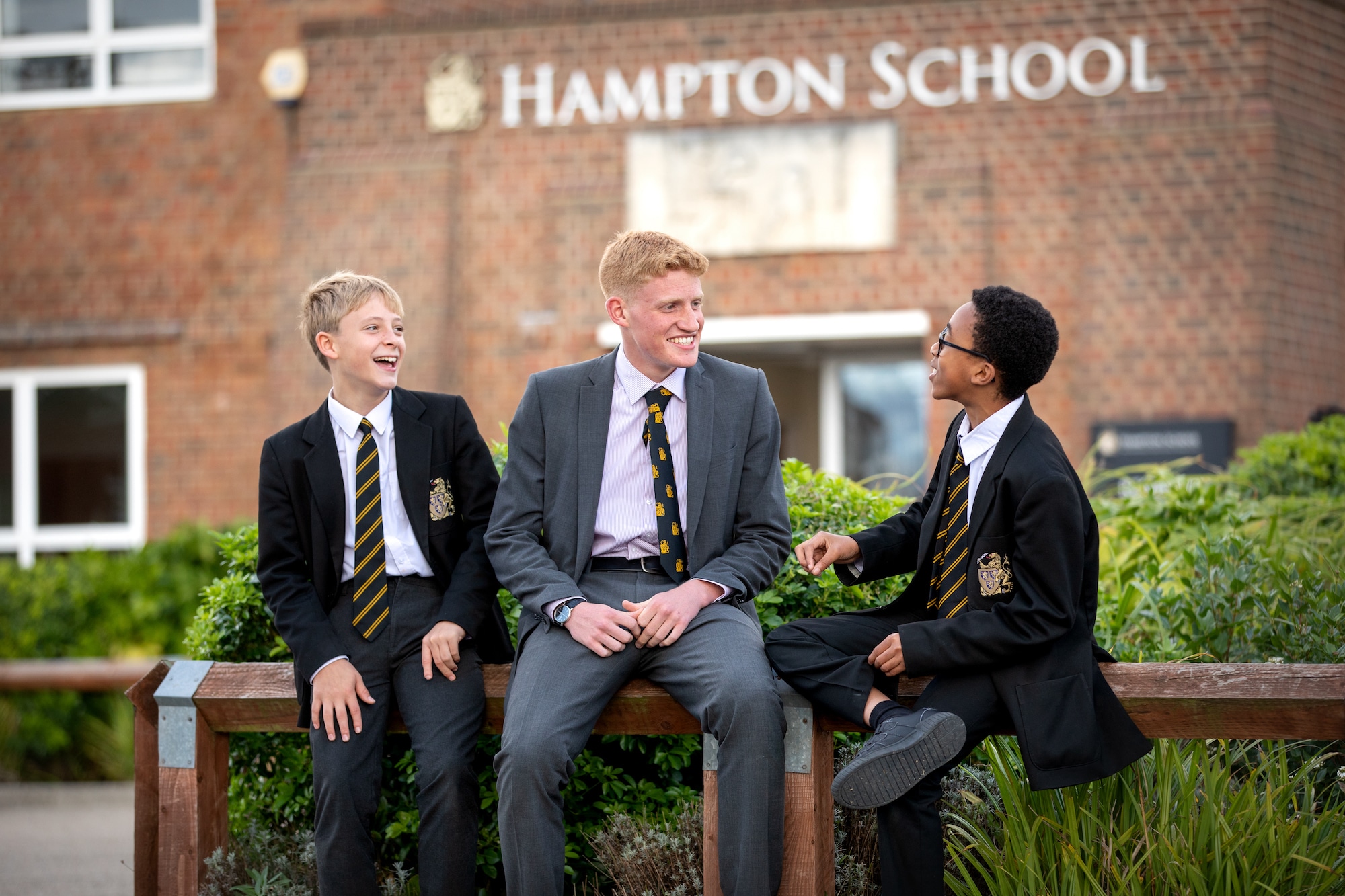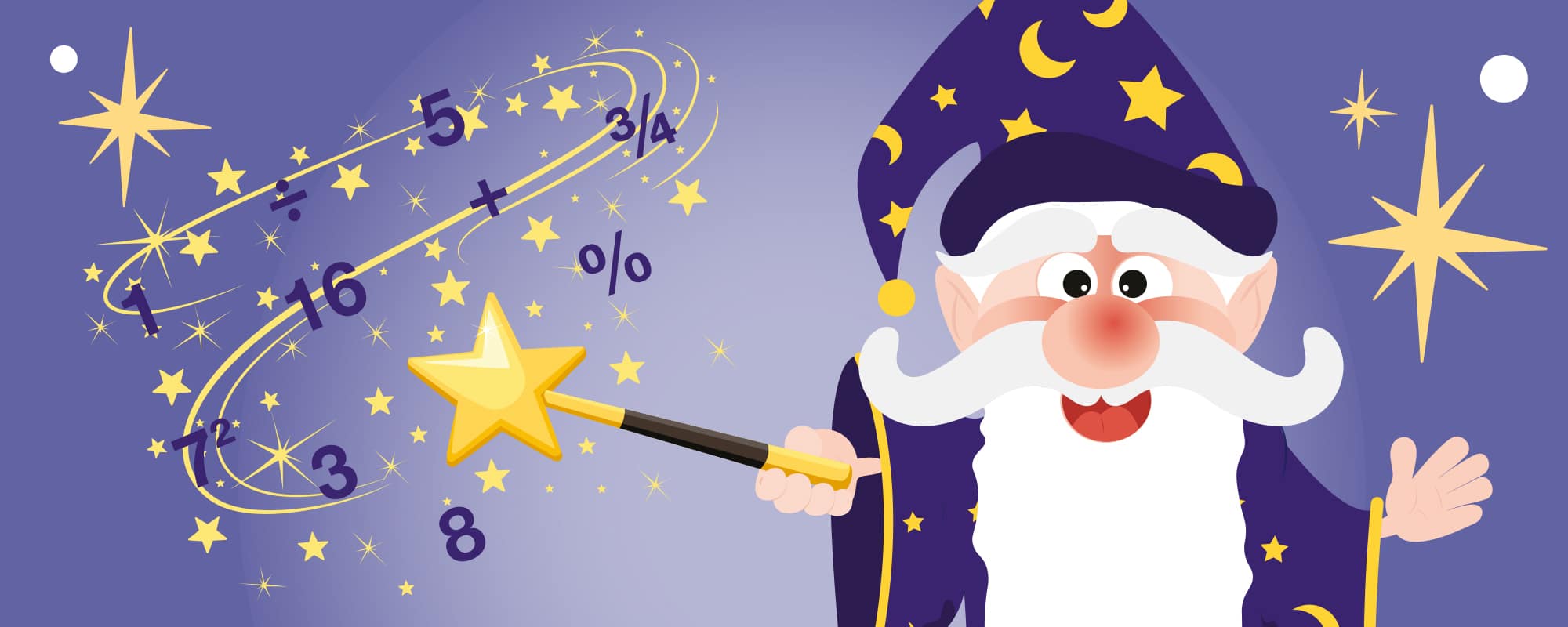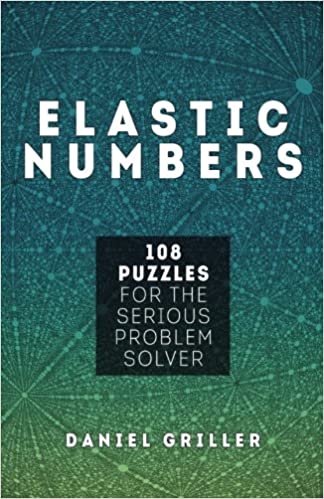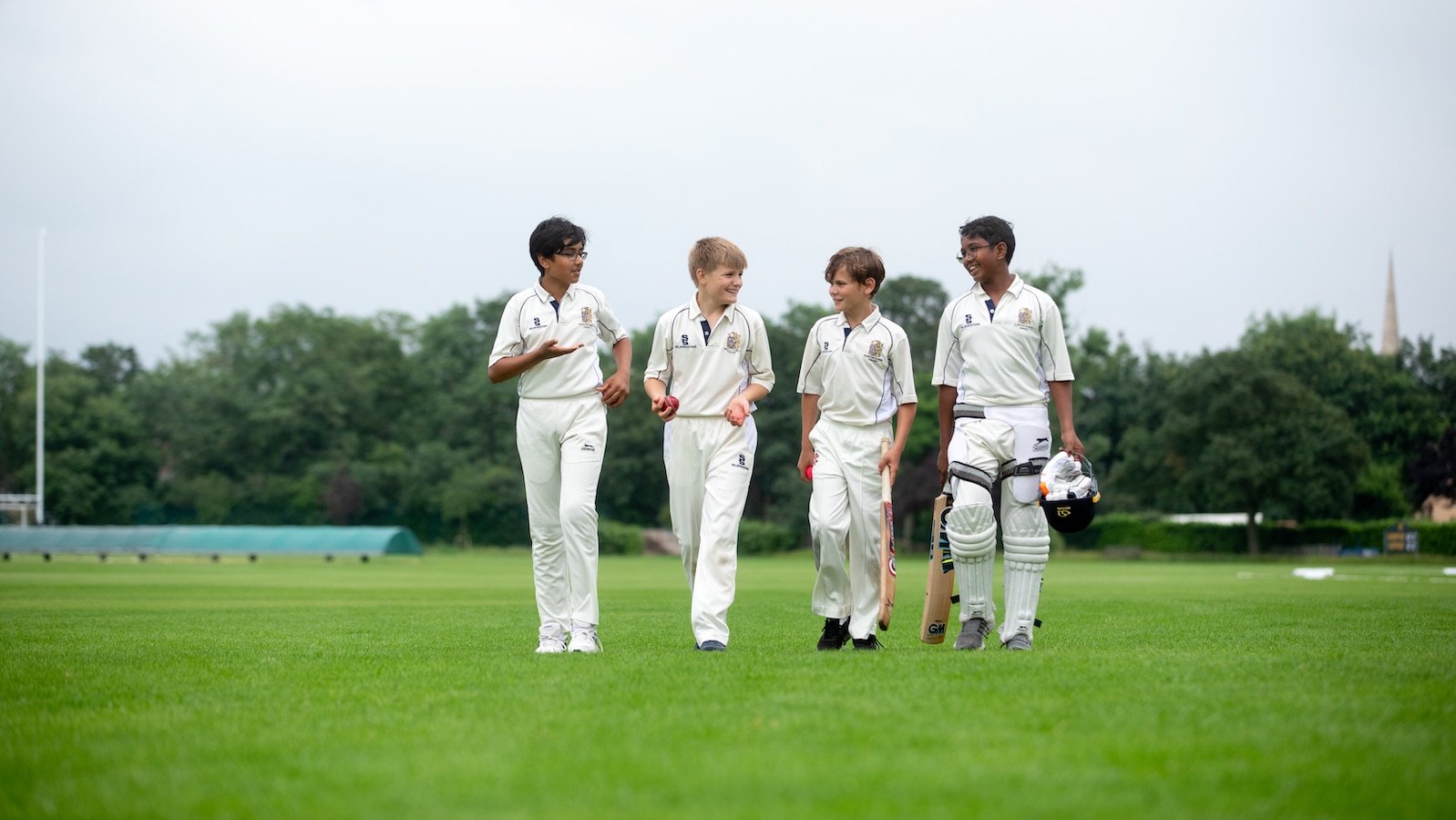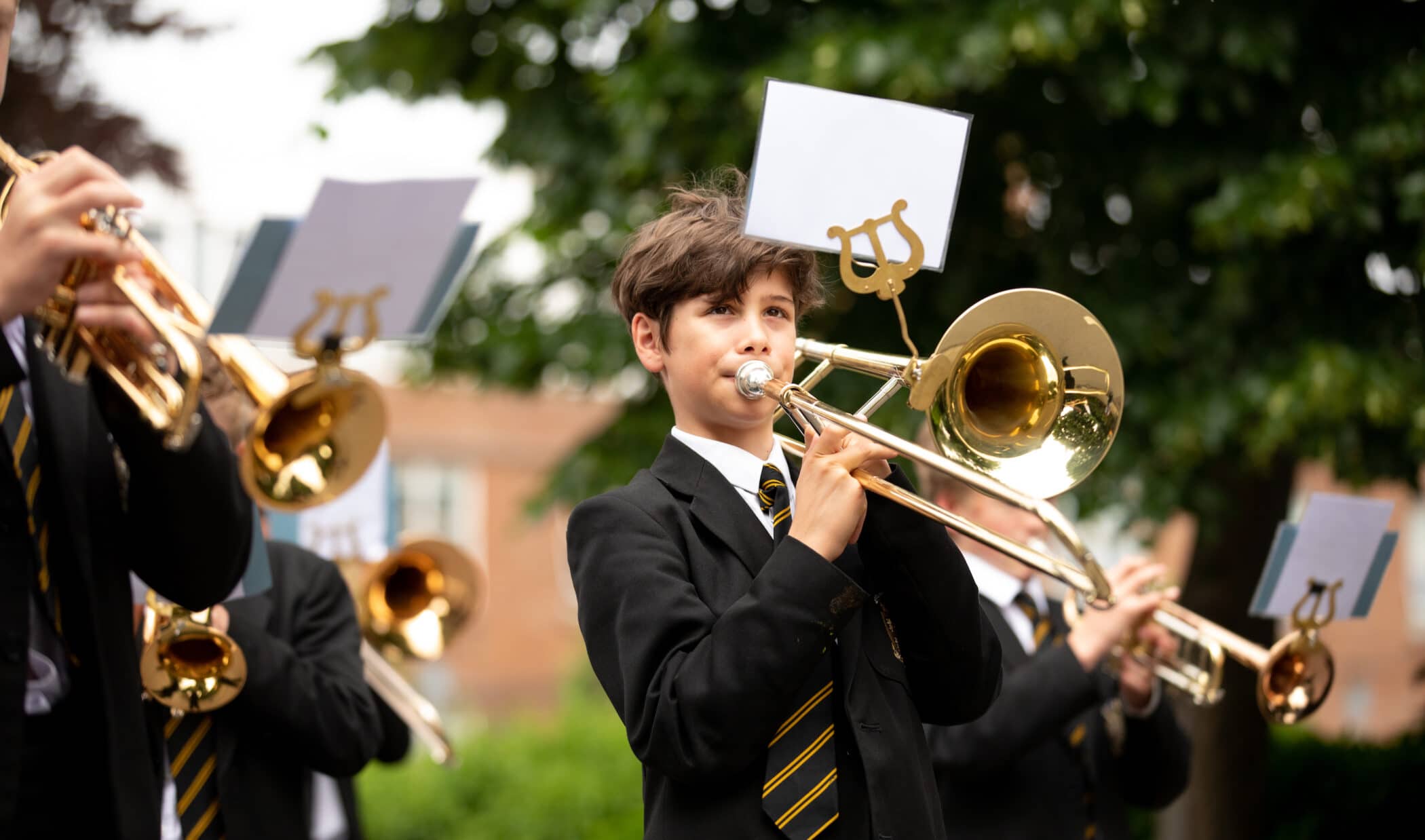On 27/09/21 the sum of the digits of the day (2+7) was equal to the number of the month (9). How many more times did this happen in 2021?
Solution: This happened again on 19/10, 28/10 and 29/11; that is three more times
Does there exist a number that is larger than its cube?
Solution: There exist lots of numbers larger than their cube: any number between 0 and 1, and any number less than -1; so the answer is yes
The reciprocal of a number is the result of dividing 1 by the number. For example, the reciprocal of 4 is 1/4. What is the reciprocal of 1/2 + 1/3?
Solution: 1/2 + 1/3 = 3/6 + 2/6 = 5/6, and the reciprocal of 5/6 is 6/5
A positive integer (whole number) n is divisible by 14 and 15. How many other positive integers are guaranteed to be factors of n?
Solution: Since n is divisible by 14 and 15, it must be divisible by the lowest common multiple of 14 and 15, which is 210. It must also be divisible by all the factors of 210: 1, 2, 3, 5, 6, 7, 10, 14, 15, 21, 30, 35, 42, 70, 105, 210. So there are 16 factors of 210, of which we have already counted the factors 14 and 15; hence there are 14 other positive integers guaranteed to be factors of n
Divide 111,111,111 by 1,001,001 without a calculator
Solution: We have 111,111,111=100,100,100+10,010,010+1,001,001=1,001,001(100+10+1)=1,001,001×111. So the answer is 111
Insert two pairs of brackets into the expression 1-2-3-4 to make the result as large as possible.
Solution: There are five ways to bracket 1-2-3-4. The way that produces the largest result is 1-((2-3)-4)=6
The mean (average) height of a class of 9 pupils is 150cm. A 10th pupil then joins the class, increasing the average to 151.5cm. How tall is the 10th pupil?
Solution: The sum of the heights of the first 9 pupils is 150×9=1350cm, and the sum of the heights of all 10 pupils is 1515cm. So the 10th pupil is 1515-1350=165cm
There is a magic plant called the illusium. When an illusium is uprooted, 10 illusium plants grow in its place. In a large field there is a single illusium. No more illusiums will be planted in the field. Is it possible that, eventually, the field will contain exactly 999 illusiums?
Solution: It is not possible – every time an illusium is uprooted, the total number if illusiums in the field increases by exactly 9. So the number of illusiums is always 1 more than a multiple of 9; but 999 is itself a multiple of 9.
Two fifths of a number is 5. Find two thirds of the number.
Solution: One fifth of the number is 2.5, so the number is 5×2.5=12.5. Finally, two thirds of 12.5 is 2×12.5/3=25/3 or 8 1/3
A two-pence piece is glued to a table, with Heads facing up. Another two-pence piece is placed next to it, so that the two coins are touching. Then the second coin rolls around the first (fixed) coin without slipping, until it returns to its starting position. Through what angle does the second coin turn?
Solution: The second coin makes two complete revolutions (try it for yourself!), so it turns through 2×360=720 degrees
The letters A, A, N, N are written on four tiles (one letter per tile), and placed in a bag. They are then drawn out of the bag at random, one at a time, and placed in a line from left to right. What is the probability that the tiles spell ANNA?
Solution: The probability that the first letter is A is 1/2. With an A removed, the probability the next two letters are both N’s is 2/3 x 1/2 = 1/3. With ANN removed, the last letter is always an A. So the probability of spelling ANNA is 1/2 x 1/3 = 1/6
What is the highest common factor of 117, 171 and 711?
Solution: 117, 171 and 711 all have a digit sum of 9, so they are all multiples of 9. Dividing each by 9 leaves 13, 19 and 79, all of which are prime so have no common factors (other than 1). So the highest common factor is 9.
In a non-leap year, what is the date of the middle day of the year?
Solution: There are 365 days in a non-leap year, so the middle day is day 183. There are 31+28+31+30+31+30=181 days in the first six months; so the middle day is 2nd July.
Convert 10,000 minutes into days, hours and minutes.
Solution: There are 60 minutes in 1 hour, and 24×60=1440 minutes in a day. So there are 6×1440=8640 minutes in 6 days, leaving 10,000-8640=1360 minutes. This is 80 minutes less than 1 day. So 10,000 minutes is equivalent to 6 days, 22 hours and 40 minutes.
In how many ways can 100 be written as a sum of consecutive positive even numbers?
Solution: There are two ways to write 100 as a sum of consecutive positive even numbers: 22+24+26+28 and 16+18+20+22+24.
Two numbers have a sum of 2 and a product of -960. What is their difference?
Solution: The two numbers are 32 and -30, so their difference is 62
Two numbers have a sum of 1 and a product of -5/16. What is their difference?
Solution: The two numbers are 5/4 and -1/4, so their difference is 3/2 (or 5)
How many of the first 100 square numbers are divisible by 4?
Solution: If you square an even number (a multiple of 2), the result is a multiple of 2×2=4. If you square an odd number, the result is still odd, so not divisible by 4. Hence, exactly half of the first 100 square numbers are divisible by 4, that is 50 in total.
A fair six-sided die, with faces numbered 1, 2, 3, 4, 5, 6, is rolled twice. What is the probability that the product of the two numbers rolled is greater than the sum?
Solution: There are 6×6=36 possible pairs of numbers that could be rolled. Of these, most have a product greater than their sum. The exceptions are when one or both numbers are equal to 1 (this occurs in 11 pairs), and when both numbers are 2 (this occurs in 1 pair). So there are 36-11-1=24 pairs for which the product is greater than the sum, and the required probability is 24/36=2/3
Wanda walks one mile north, then half a mile south, then half of half a mile north, then half of half of half a mile south. How far north or south is she from where she started?
Solution: Wanda is 1-1/2+1/4-1/8=8/8-4/8+2/8-1/8=5/8 of a mile north of where she started.
Which integer is closest to the cube root of 15?
Solution: The cube root of 8 is 2 and the cube root of 27 is 3. So the cube root of 15 is between 2 and 3. To decide which is closer, we can cube 2.5. We have 25x25x25=625×25=15625, so 2.5×2.5×2.5=15.625. Hence the cube root of 15.625 is 2.5. This means that the cube root of 15 is between 2 and 2.5. Therefore the closest integer to the cube root of 15 is 2.
In a hexagon, what is the greatest possible number of interior right-angles?
Solution: Six is impossible – the interior angle sum would then be 540 degrees instead of the required 720 degrees. The answer is five (make the hexagon look like a letter L).
Martha thinks of a whole number. She squares it, then adds her original number, ending up with a prime. What number or numbers could she have been thinking of?
Solution: Whether Martha begins with an odd number or an even number, the result will be even. But the only even prime is 2. It quickly becomes clear that large numbers (positive and negative) produce results that are also large; an analysis of numbers close to zero yields 1 and -2.
Bananas come in bunches of 3 (small bunch) or 5 (large bunch). Tim wants to purchase exactly 32 bananas; how many different combinations of bunches could he purchase?
Solution: The possible bunch combinations are 4 small and 4 large, or 9 small and 1 large, so there are just two combinations with a total of 32 bananas

